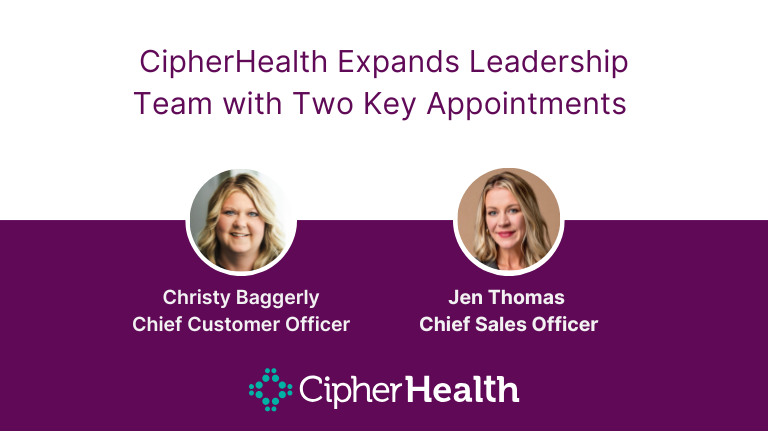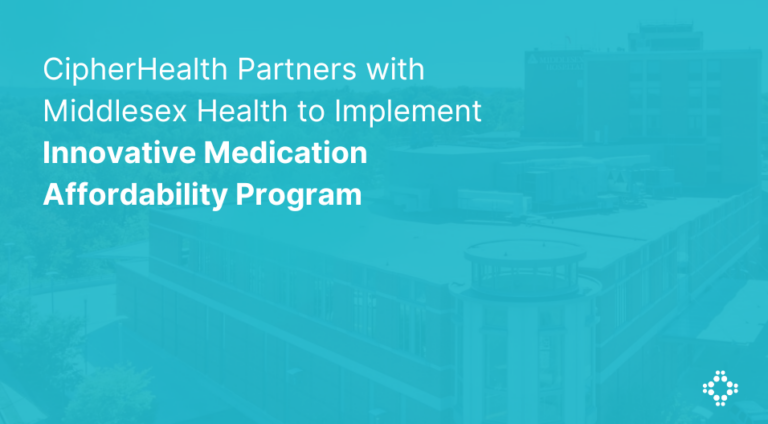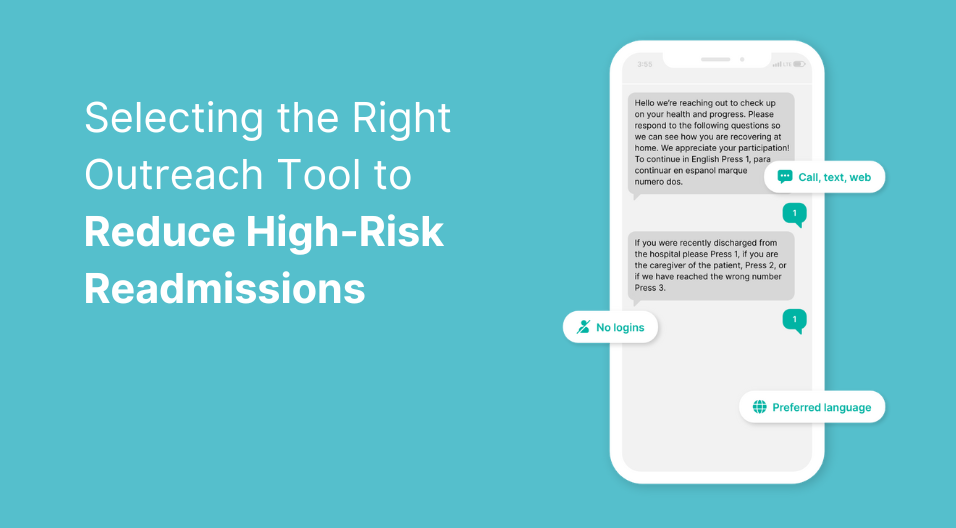By prioritizing continuous patient engagement and strategic communication across the entire care journey, healthcare organizations can drive real progress toward value-based care.
Published in MedCity News
Before the pandemic, hospitals in the U.S. were making notable progress in the effort to address flagging patient safety and care quality metrics. And that effort paid off — adverse events and safety and quality issues plummeted in the decade before Covid-19.
But the latest numbers available demonstrated a reversal in that trend, as hospitals and healthcare systems facing unprecedented labor gaps, falling reimbursement rates, and patient leakage found themselves unable to maintain momentum in the fight for better safety and quality.
And although the pandemic may have been one catalyst for declining quality and safety, driving these trends are systemic issues that have plagued healthcare for decades. Care delivery remains fragmented, with poor coordination and communication between providers, patients, and caregivers. Piecemeal patient engagement and education inhibits adherence and self-management, leading to preventable complications and readmissions. Moreover, persistent health inequities and disparities exacerbate these challenges, disproportionately impacting vulnerable populations and undermining efforts to improve quality and safety.
At the heart of this crisis lies an opportunity—a throughline that connects quality, safety, and the transition to value-based care. By prioritizing patient engagement and communication, healthcare organizations can catalyze progress across all three fronts, fostering a healthcare ecosystem that is truly patient-centric, equitable, and focused on delivering value.
Value-based care as a transformative force
The essence of value-based care is simple: reward healthcare systems and providers for helping patients improve their health, reduce the effects and incidence of chronic disease, and live healthier lives in an evidence-based way. The good news is that focusing on outcomes—and quality and safety improvements—naturally leads to value creation. Think about it: reduced readmission rates, fewer complications, and improved patient outcomes all translate to significant cost savings for healthcare systems.
But that transition away from fee-for-service represents a massive paradigm shift that takes concerted, authentic buy-in and effort. This is where healthcare organizations need to rethink their approach to patient engagement and communication. Empowering patients through clear and consistent communication leads to better adherence to care plans, patient trust and loyalty, and ultimately, improved health outcomes.
By actively involving patients in their care journeys, providers can foster self-management skills and reduce preventable complications. Effective communication strategies—leveraging orchestrated, automated, seamless, and contextually appropriate channels and technology — empower patients with the knowledge and tools they need to actively participate in their care.
Engagement as a means to close the gap
Improving care requires a holistic, patient-centered approach that recognizes the complexity of human health and the healthcare system. By focusing on engagement across the care continuum, prioritizing transitions, embracing equity, and leveraging data for insights, healthcare leaders can drive significant improvements in quality and safety. Here are a few key steps to driving change:
Clear up misconceptions about what “engagement” really means
Too many healthcare executives have an outdated view of patient engagement as being not much more than robocalls and rounding; ad hoc outreach efforts that are disconnected and conducted mostly as a means to check a box. But modern patient engagement best practices run the breadth of the care journey, leveraging omni-channel outreach and personalization before, during, after, and between interactions to ensure patients are connected to their own care. This comprehensive approach ensures that quality and safety are not just checkboxes but integral parts of every patient interaction, enhancing outcomes and patient satisfaction.
Focus on care transitions
Care transitions are moments of high risk for quality and safety incidents, such as medication errors, misunderstandings about treatment plans, and lack of follow-up care. By prioritizing these transitions in outreach and communication plans, healthcare providers can significantly reduce the risk of readmissions and complications, directly improving the quality and safety of care. This involves meticulous planning and robust communication, ensuring that every transition is a step toward better health.
Foster equity through culturally competent engagement and communication plans
Quality and safety improvements must be equitable to be effective. Disparities in healthcare outcomes can arise from a one-size-fits-all approach to patient engagement. Culturally competent engagement recognizes and addresses these disparities, ensuring that all patients receive high-quality, safe care tailored to their specific needs and circumstances. It also means that outreach is done with consideration to preferable communication channels—and that it proactively addresses social determinants of health. For example, outreach scripts for underserved or at-risk patient populations can include questions about access to food, transportation to pick up medications and follow up appointments, and more.
Use every interaction as an opportunity to gather — and use — insights
Data gathered along the care continuum can reveal critical insights into quality and safety risks, equity gaps, and patient preferences, enabling healthcare providers to proactively address potential issues before they escalate. Advanced analytics and AI can help identify patterns that may indicate a need for intervention—and can be used to contextually surface those insights to frontline providers during patient visits to inform and improve quality of care.
Harmonizing quality, safety and value-based care
Quality and safety in healthcare cannot be achieved through disjointed efforts. By prioritizing continuous patient engagement and strategic communication across the entire care journey, healthcare organizations can drive real progress toward value-based care. A coordinated approach focused on enhancing engagement across the continuum, prioritizing transitions of care, achieving health equity through culturally competent outreach, and leveraging data insights will improve outcomes and reduce costs. With authentic leadership commitment to patient-centered engagement, healthcare systems can overcome systemic challenges and make lasting improvements in quality, safety and the value of care delivery.









